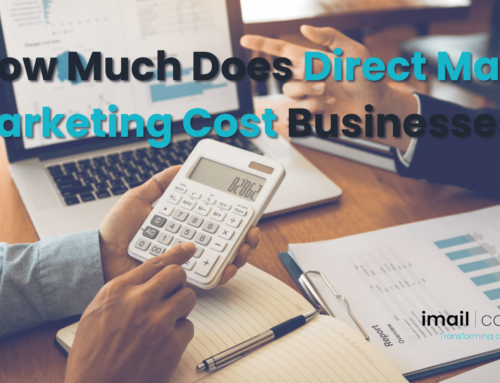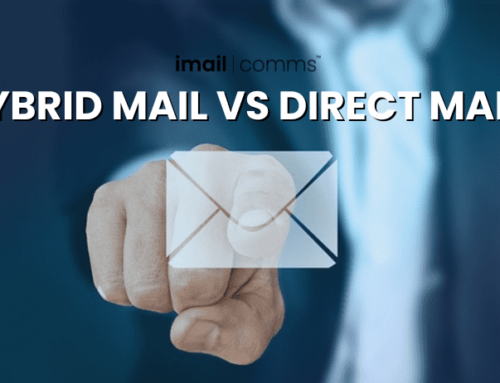Franking machines have been around for over 100 years and were first used in the US during the Civil War.
The first franking machines were large and complex, and cost thousands to purchase. They are now considered the industry standard and have evolved considerably over the years, with the current models costing hundreds rather than thousands to purchase. They have been used across the world to reduce mailing costs.
However, many organisations do not truly understand the hidden
costs and expenses of owning or leasing a franking machine. There
are far more cost-effective ways to send mail.
First franking machine was created in 1884 by Engle Frankmussler.
Engle Frankmussler, a Norwegian who was eager to address the issue of security in the long-standing postal system, invented the first franking machine in 1884. In both Europe and America, the arrival of mail was frequently hit-or-miss, with letters and packages becoming lost or damaged in transit. Payment for letters was a significant barrier; it was frequently inconsistent, which made the postmaster’s job frustrating. Lack of cohesiveness and speed weighed down the entire system.
Finding a reliable way to pay for mail was the major goal of the franking machine. The Postage Stamp Affixing Machine, a creation of Frankmussler, made its debut at the World Fair in Germany.
Arthur Pitney was developing a comparable product in Chicago as well. This was the Pitney Post Machine, which Pitney developed and patented in 1902. His business then changed its name to the American Postage Metre Company, and by that time, other rivals had come to appreciate concepts like post machines.
The equipment now meets all corporate requirements. They are available in a range of sizes, from compact units with a basic purpose that can deliver a manageable number of letters per day (ideal for small enterprises) to larger, more advanced units that can send hundreds of letters and packages every day.
Royal Mail provides support, which ranges from information on bulk posting discounts to practical tips on how to use and operate your machine.
This is an excellent example of how much the concept of franking has advanced over the years, evolving to fit the needs of the digital age. Online businesses like EBay employ a Pitney Bowes service for printing labels for mailing on their users’ packages.







Leave A Comment
You must be logged in to post a comment.